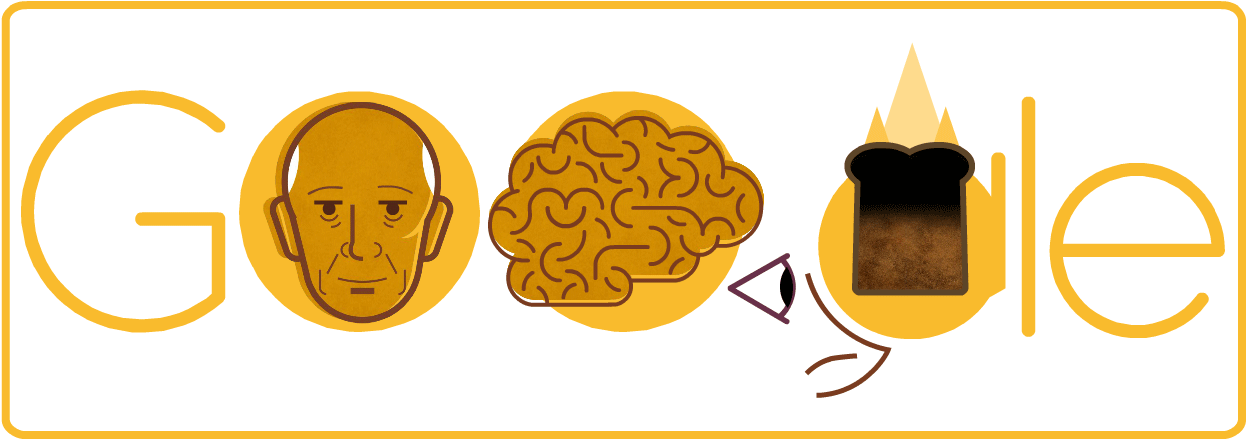Anyone stopping by Google today will see a doodle featuring a kindly white-haired man, a golden brain, and burnt toast—with dynamic animated lines connecting the three.

Image credit: Google
The doodle honors the 127th birthday of Wilder Penfield, a 1917 graduate from the Johns Hopkins School of Medicine and the pioneering neurosurgeon who helped map parts of the brain and was responsible for developing the groundbreaking epilepsy treatment called the Montreal procedure.
Shortly after leaving Johns Hopkins and completing advanced studies at Merton College, Penfield moved to Montreal and became the city's first neurosurgeon. Medicine, he said, was "the best way to make the world a better place," and his research would revolutionize the brain sciences and change how epilepsy is treated.
Also see
When Penfield encountered a patient who reported smelling burnt toast before her seizures, he theorized that the part of the brain corresponding to the sensation of smelling burnt toast was where the seizures originated. He speculated that if he could remove tissue at that location, it could reduce her seizures.
While under local anesthesia, he removed part of the patient's skull to expose her brain. With the patient conscious, he stimulated her brain with electrical probes and observed her responses until zeroing in on the location where the electrode produced the sensation of smelling burnt toast. Penfield removed a section of tissue from the location, and the patient reportedly never had seizures again.
More than half of epilepsy patients who underwent the Montreal Procedure were cured of their seizures, and Penfield himself performed more operations of this nature than any other neurosurgeon in the world. He also used this technique to create detailed maps of the brain's sensory and motor cortices, and, with his colleague Herbert Jasper, published the landmark neurosurgery text Epilepsy and the Functional Anatomy of the Human Brain in 1951.
His research also examined mental phenomena including memory, hallucinations, and déjà vu. He died in 1976.
Posted in Health
Tagged neuroscience







